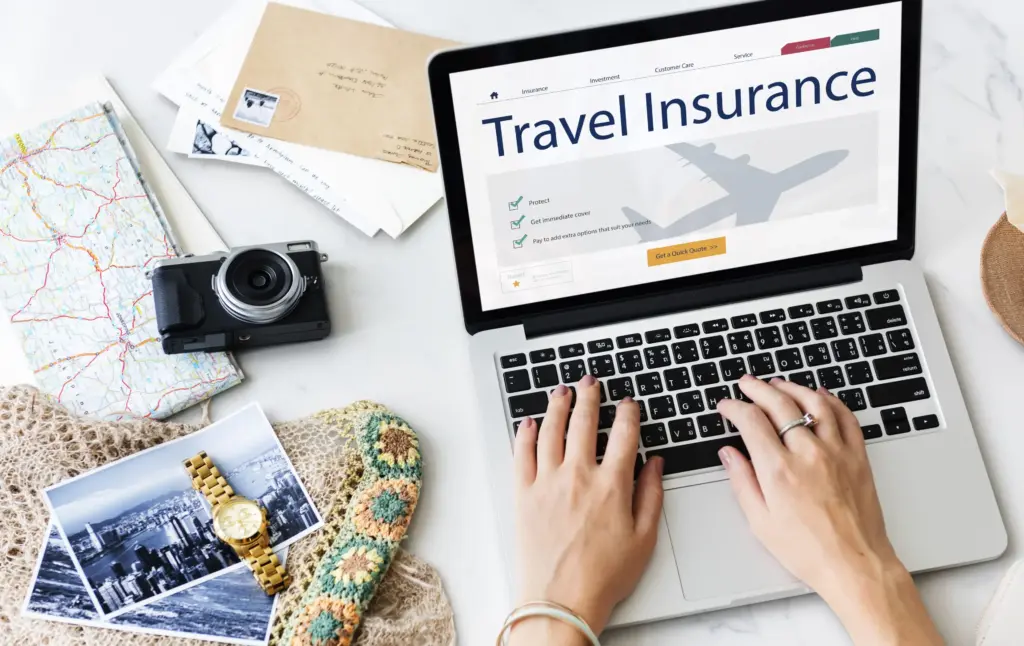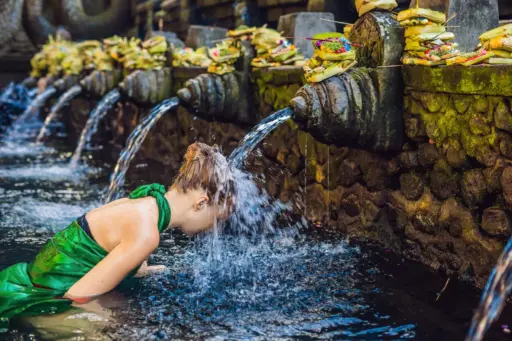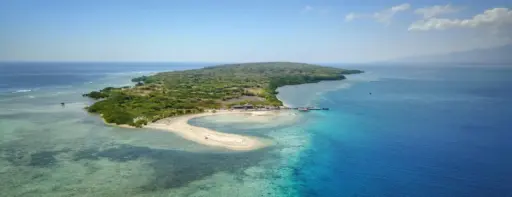Is GoFundMe a Substitute for Travel Insurance?
Scroll through travel-related posts on Facebook or Instagram, and you will occasionally see a plea for help: a tourist in Bali has been injured or fallen seriously ill, and now friends and family are urgently trying to raise money online to cover medical bills or get them home. The fundraising page might be on GoFundMe or a similar platform, often shared with heartfelt messages and photos.
These campaigns highlight the generosity of strangers – but they also raise a question that has been debated more frequently in recent years: with the rise of crowdfunding, is travel insurance still necessary? For some, especially younger travellers or those on tight budgets, the idea of “relying on GoFundMe” instead of buying a policy has crept in as a risky alternative.
In Bali, where medical care for serious incidents can be costly and evacuation to Australia or another home country can easily exceed tens of thousands of dollars, the answer is not just about finances – it’s about security, timing, and the reality of emergencies.
WHY SOME TRAVELLERS SKIP INSURANCE
There are a few reasons why some travellers arrive in Bali without insurance:
· Cost – A decent travel policy can add a few hundred dollars to the price of a trip, and budget travellers sometimes gamble that they won’t need it.
· Short Trips – People on quick weekend getaways may feel the risk is low.
· Overconfidence – A belief that “nothing will happen” or that they are careful enough to avoid trouble.
· Crowdfunding as a Safety Net – Seeing others raise money successfully can give a false sense of security.
But the convenience of crowdfunding is deceptive. The speed at which funds can be raised, and the actual amount collected, can vary enormously.
THE GAP BETWEEN NEED AND REALITY
A serious injury or illness in Bali can trigger immediate and substantial costs. Admission to an international-standard hospital can require a deposit of thousands of dollars before treatment begins. If a medical evacuation is needed, whether by air ambulance or commercial flight with a medical escort, the price can quickly climb above AUD $50,000.
GoFundMe campaigns are not instant. Even if you post one immediately, you’ll need to write a compelling story, share it widely, and rely on others to spread the word. Donations can take days or weeks to reach a usable amount, by which time the situation could have worsened.
In some tragic cases reported in the Australian and Indonesian media, uninsured travellers have been left stranded in Bali because they couldn’t raise enough funds quickly enough to pay hospital bills or arrange evacuation.
REAL-WORLD EXAMPLES
In 2023, an Australian traveller injured in a scooter accident in Bali faced a bill of over AUD $20,000 for surgery and hospital care. With no insurance, their family launched a GoFundMe. The campaign raised several thousand dollars, but it was well short of what was needed – and by the time the funds came through, the family had to use personal loans to cover the rest.
Another case involved a Canadian tourist who fell ill with dengue fever. The hospital demanded a deposit for treatment, but the traveller’s GoFundMe page had raised only $1,200 in the first three days. Friends scrambled to send money via bank transfer, but the delay meant the patient stayed in a lower-standard facility rather than being moved to a preferred hospital.
THE DIFFERENCES BETWEEN GOFUNDME AND INSURANCE
Crowdfunding and insurance operate on completely different principles:
· Speed of Access: Travel insurance can provide pre-approval for treatment within hours, allowing you to be admitted without paying upfront. Crowdfunding requires donations to arrive before you can pay bills.
· Guarantee: An insurance policy guarantees coverage within its terms. Crowdfunding offers no certainty that enough money will be raised.
· Scope: Insurance can cover a wide range of situations – medical emergencies, lost luggage, trip cancellations – while GoFundMe is typically limited to whatever donors are willing to support.
· Privacy: Insurance claims are handled privately. Crowdfunding often means sharing personal details publicly to encourage donations.
WHY BALI IN PARTICULAR IS RISKY WITHOUT INSURANCE
Bali’s appeal is its blend of relaxation and adventure – but the very things that make it fun can also carry risk. Riding scooters, surfing, diving, and trekking are common activities for visitors, and all can lead to accidents.
Medical facilities in Bali range from small local clinics to international-standard hospitals. The best hospitals, favoured by travellers, come with higher costs and may require proof of insurance or a substantial deposit before admission. In emergencies, every hour counts, and delays caused by financial arrangements can affect outcomes.
COMMON MISCONCEPTIONS ABOUT CROWDFUNDING FOR EMERGENCIES

One reason travellers think GoFundMe might work as a safety net is seeing high-profile campaigns succeed. But many of these involve large social networks, strong media coverage, or a particularly compelling story.
For most travellers, donations come from friends, family, and a small circle of acquaintances. Without viral reach, it’s rare to raise tens of thousands of dollars in a matter of days. There’s also “donor fatigue” – if several campaigns for similar causes are circulating at the same time, contributions tend to be smaller.
INSURANCE IS NOT PERFECT – BUT IT’S BETTER THAN THE ALTERNATIVE

It’s true that travel insurance policies have limits, exclusions, and fine print. Pre-existing conditions, certain high-risk activities, and alcohol-related incidents can be excluded from coverage. That’s why it’s essential to read the policy carefully before buying and to declare any relevant health information.
However, even with these limitations, a policy provides a structured process for getting help. Insurers have emergency assistance teams who can liaise directly with hospitals, arrange medical evacuation, and provide guarantees of payment – things a crowdfunding campaign cannot do.
THE EMOTIONAL COST
Aside from the financial aspect, relying on GoFundMe shifts a heavy burden onto loved ones. They must manage the campaign, handle communication with donors, coordinate with hospitals, and make stressful decisions – all while worrying about your health.
Insurance removes much of this pressure. With a policy, one phone call can activate a team of professionals who take over logistics, allowing friends and family to focus on emotional support rather than scrambling for money.
A SMARTER APPROACH
For travellers who genuinely can’t afford comprehensive insurance, it’s worth exploring:
· Shorter Policy Periods – Even coverage for the core days of your trip is better than none.
· Medical-Only Plans – These focus solely on covering health emergencies and can be cheaper than full coverage.
· Annual Policies – If you travel often, an annual plan can work out cheaper than buying separate cover each time.
These options still give you a safety net without the reliance on unpredictable donations.
THE TAKEAWAY
GoFundMe is not a substitute for travel insurance. It’s a tool that can supplement costs or help in extraordinary circumstances, but it cannot replace the speed, certainty, and structured support that a good policy provides.
When you’re in Bali, enjoying the island’s beauty and energy, the last thing you want is the shadow of “what if something happens?” hanging over you. The peace of mind that comes from knowing you have immediate access to the best care is worth far more than the cost of the policy.
By all means, use crowdfunding if needed – but think of it as a backup, not Plan A. Wander Beyond Ordinary!




